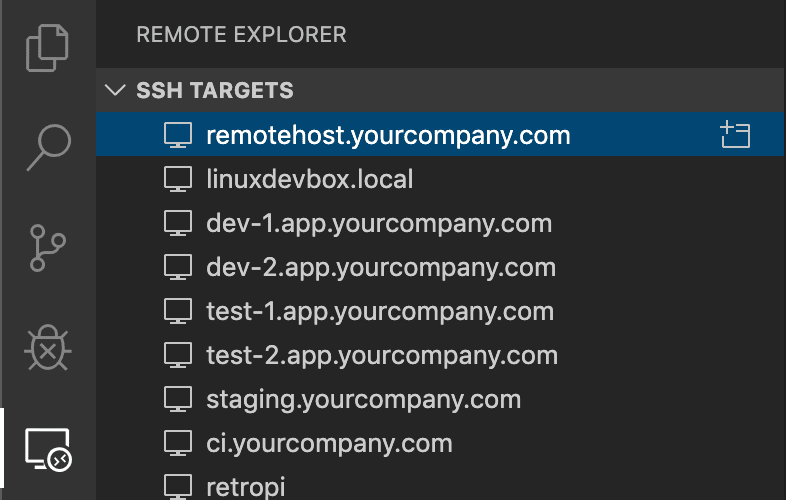

Sixth Off (and we're on!): OK, now's the not-tricky-at-all-part.
REMOTE SSH ANYWHERE WINDOWS
These tell it that it's OK for the SSH Daemon running on the server to forward the requested X11 windows out over SSH (duh) but I'm too stupid to know what the 'X11DisplayOffset 10' line is for. Simply add these lines somewhere within it: It's usually within /ECT/SSH/, however to keep things fun and interesting different folks put it in different places. You'll need to find a file called 'sshd_config'. You'll need to edit your SSH configuration files to tell it to allow X11 forwarding on the remote machine. Fifth Off: OK, now's the only somewhat-tricky part.

Fourth Off: Test your X11, make certain it works locally, and then test your SSH, and make certain you can talk with the remote machine just via a simple command line. Finally, you'll obviously need a login on the remote machine as well. You'll also need to make certain that port 22 (or whatever port you're going to use for SSH, 22 is the default) is open and not blocked by a firewall. You'll need the Remote machine's IP address and/or name (if you've got some kinda name server thing). Third Off: You'll need some way for the two machines to find and talk to each other.
REMOTE SSH ANYWHERE INSTALL
It's built-in within OS X, but you'll need to install it on some Linux flavors and within Cygwin, too, if I remember correctly. Second Off: Once you've got X11 on the local and remote machines, you'll also need to get SSH on both. Most all flavors of Linux have X11 already installed (it's what Gnome/KDE/whatever use). I'm not going to talk too much about this here, for this isn't something that's too hard to get going. If you're using an older version of OS X, you'll have to install X11 onto it (I think 10.3 and up have it built-in).

If you're using Cygwin, you'll need to tell it to install X11 & OpenGL. In my case, that's Cygwin on a Windows laptop (the local), and OS X or Ubuntu Linux on the server (the remote).

OK, so the how-to-do-this part: First off: You'll need something that can run X11 on both ends. The X11 is the part that allows these application windows to be drawn remotely, and the SSH is the part that allows you to do it over the Internet from anywhere. So, in other words, it's real snappy on my end, but when I hit Render my CPU meter doesn't even spike, for the remote computer is doing the number-crunching for me (so it's double-snappy). So, in my Blender Example, when the OpenGL interface hits my laptop, my laptop's graphics card is doing all the work to draw the GUI, and the only thing that's passing back and forth along the Internet are the GUI's system calls back to Blender, which is actually running on the other computer altogether (again, it doesn't even need to be loaded onto my local machine). And it can be a lot faster than Remote Desktop or VNC, for the window-drawing effort is happening on the local computer, instead of on the remote and an image of its desktop being sent over the Internet (and constantly refreshed) instead. And it also works on almost any computer. This is a lot like Microsoft's Remote Desktop, however, instead of the whole desktop being shared, it's just the application window you're running remotely. What this means is that, in my case, I can run Blender, but have all the number-crunching-rendering happening on one computer (a cheap tower sitting under a desk) but yet have all the OpenGL-GUI-mousing happening on another (my laptop, which in this case doesn't even need to have Blender loaded on it). It's running things remotely via X11/OpenGL & SSH. Also, seeing that the 80's are back, and that this was invented then, I figure it will be hip to bring it up again, retro-style, like wearing a bad t-shirt and listening to Old New Wave. It's something all my Unix-God-Sysadmin friends chuckle at my excitement over (for they have been doing stuff like this for a very long time), but it's also something a lot of non-Unix-Gods don't know anything about. Anyways, here's a new trick I learned that's going to be very useful in the future.


 0 kommentar(er)
0 kommentar(er)
